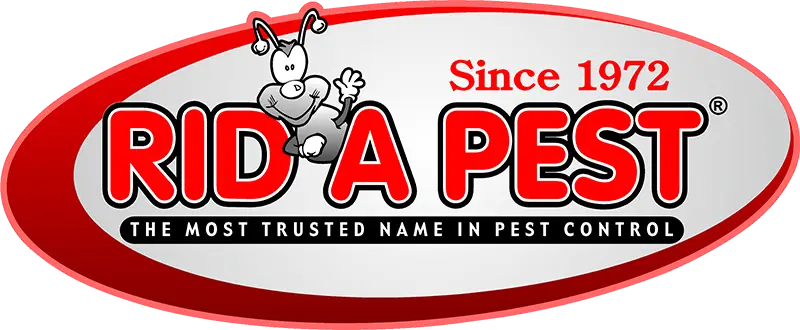Gnats and fruit flies are common household pests, but they have different habits, appearances, and breeding sites. This blog breaks down the key differences between the two, outlines what attracts them, and provides practical steps for removing each type. Understanding which pest you're dealing with helps you treat the problem more effectively.
Roaches are drawn to homes by food, moisture, and shelter, often entering through cracks, drains, or used items. This blog explains what attracts them, how they get inside, and why they pose health risks. It also offers prevention tips and when to consider professional roach control.
Ants in the kitchen can quickly become a recurring issue if not handled properly. This blog explains how to eliminate them using targeted cleaning, bait stations, and natural deterrents. It also covers what draws ants indoors and how to stop them from coming back.
From standing water to your dog’s body heat, mosquitoes in North Carolina are drawn to more than you might think. Here’s what they love, and how to stop them.
Are you finding mysterious small piles of what looks like sawdust around your home in North Carolina? This could be more than just a random mess; it could be a sign of a termite infestation.
Learn the truth about sand fleas, also known as mole crabs, found on North Carolina beaches. Understand their role in the coastal ecosystem, how they differ from biting pests, and how to prevent unwanted encounters.
Rats and mice often seek shelter in homes, especially during the colder months or when they sense a food source. Knowing what their nests look like can be your first line of defense against an infestation.
Ants are resourceful creatures, and your bathroom provides them with everything they need: moisture, food, and shelter. In North Carolina, the warm, humid climate can make bathrooms an ideal environment for ants, especially during the summer months when humidity levels are high.






